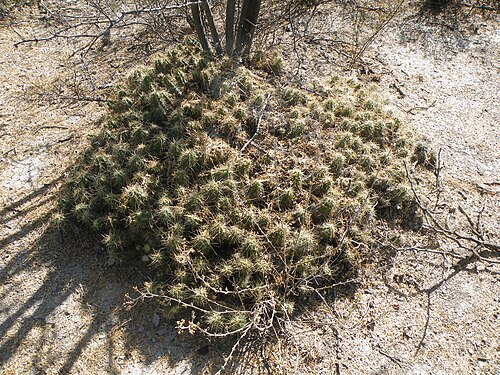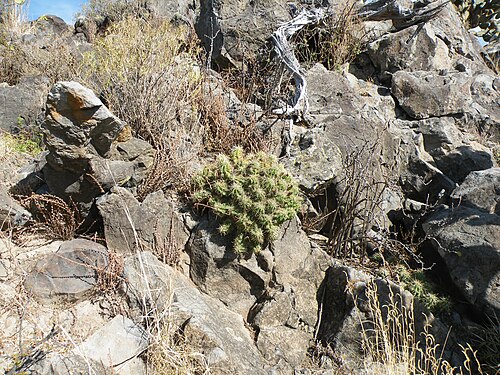| Echinocereus enneacanthus | |
|---|---|
 | |
| Scientific classification | |
| Kingdom: | Plantae |
| Clade: | Tracheophytes |
| Clade: | Angiosperms |
| Clade: | Eudicots |
| Order: | Caryophyllales |
| Family: | Cactaceae |
| Subfamily: | Cactoideae |
| Genus: | Echinocereus |
| Species: | E. enneacanthus |
| Binomial name | |
| Echinocereus enneacanthus | |
| Synonyms | |
Echinocereus enneacanthus is a species of flowering plant first described by George Engelmann. [1] [2]







